SGGP
According to data from the German company Statista, before the US company SpaceX was born in 2019, there were only 2,300 satellites in Earth's orbit. To date, this number has reached 10,500 satellites, of which 8,100 are still active. SpaceX's Starlink telecommunications network alone currently has about 4,700 satellites in orbit.
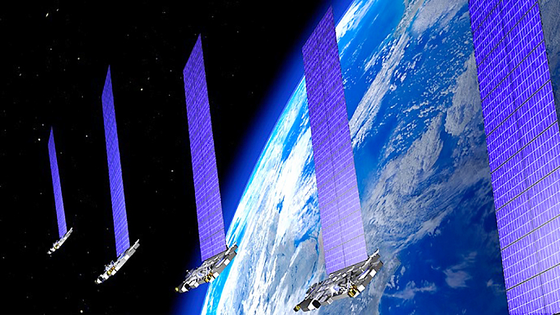 |
| Satellites for SpaceX's Starlink network |
In a report submitted to the US Federal Communications Commission in late June, billionaire Elon Musk's company said it had to perform more than 50,000 collision avoidance maneuvers since deploying the Starlink network in 2019, of which more than half were in the 6-month period (from December 1, 2022 to May 1, 2023). This shows that the risk of collision between satellites has increased dramatically, with an average of nearly 140 collision risks per day. According to Professor of Aerospace Hugh Lewis of the University of Southampton (UK), the number of collision avoidance maneuvers has increased 10-fold in just 2 years. It is predicted that this number will be 50,000 in the next 6 months, 100,000 in the next 6 months.
Meanwhile, the number of satellites launched into space continues to increase. SpaceX plans to launch up to 12,000 satellites for the first generation of Starlink. The second generation of Starlink could have up to 30,000 satellites. Amazon with its Kuiper project and China with its GW project are planning to launch many satellites into orbit. According to aerospace experts, by the end of this decade, the number of space objects orbiting the Earth could reach 100,000.
SpaceX has a collision warning system that automatically commands satellites to take evasive action when the probability of hitting another object in their path exceeds a threshold of 1 in 100,000. This threshold is considered more stringent than the 1 in 10,000 threshold used by other space companies. However, the calculations in the warning system are not completely accurate because of the influence of changes in space weather, such as electromagnetic storms, which can skew the calculations. In addition, the more objects in orbit, the higher the risk of collision.
In addition to satellites, there are currently many pieces of debris in space of different sizes, and the number is also increasing rapidly, making it more difficult to ensure the safety of satellites. According to Professor Lewis, if there are no better management measures, the situation will become uncontrollable. According to the European Space Agency, there are currently 36,000 pieces of debris larger than 10cm and one million small pieces (larger than 1cm) flying at a speed of 28,000km/h around the Earth. At such a terrible speed, any collision, even with the smallest piece of debris, can cause serious damage.
Faced with this prospect, many technologies have been developed to monitor the flight paths of satellites and debris, using radar, optical or electromagnetic means. For example, the American company LeoLabs has built many radar stations that can detect objects as small as 2cm in low orbit. With this technology, they can predict the risk of collision 7 days in advance and thus take actions to avoid accidents.
Source


![[Photo] Phuc Tho mulberry season – Sweet fruit from green agriculture](https://vstatic.vietnam.vn/vietnam/resource/IMAGE/2025/4/10/1710a51d63c84a5a92de1b9b4caaf3e5)
![[Photo] Unique folk games at Chuong Village Festival](https://vstatic.vietnam.vn/vietnam/resource/IMAGE/2025/4/10/cff805a06fdd443b9474c017f98075a4)



![[Photo] Prime Minister Pham Minh Chinh chairs meeting to discuss tax solutions for Vietnam's import and export goods](https://vstatic.vietnam.vn/vietnam/resource/IMAGE/2025/4/10/19b9ed81ca2940b79fb8a0b9ccef539a)


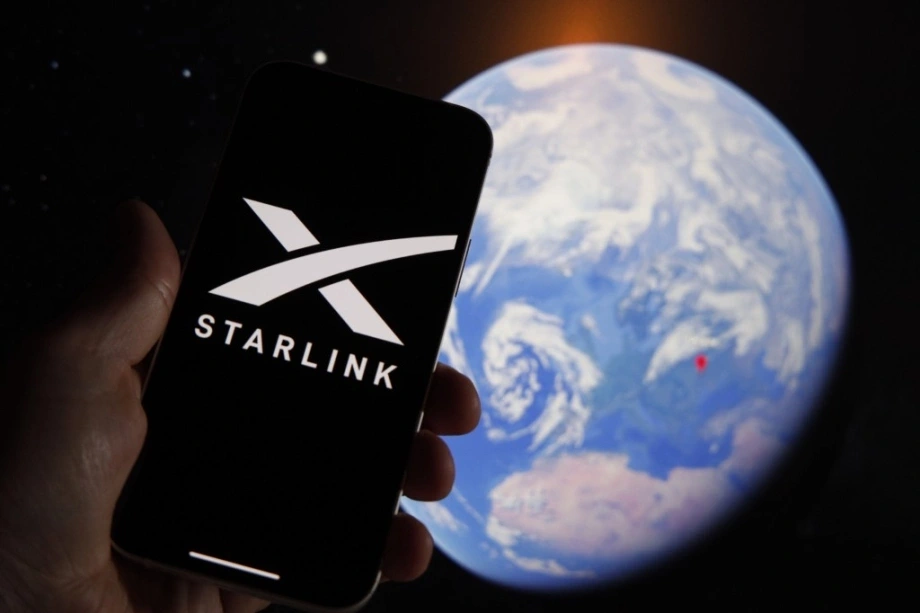

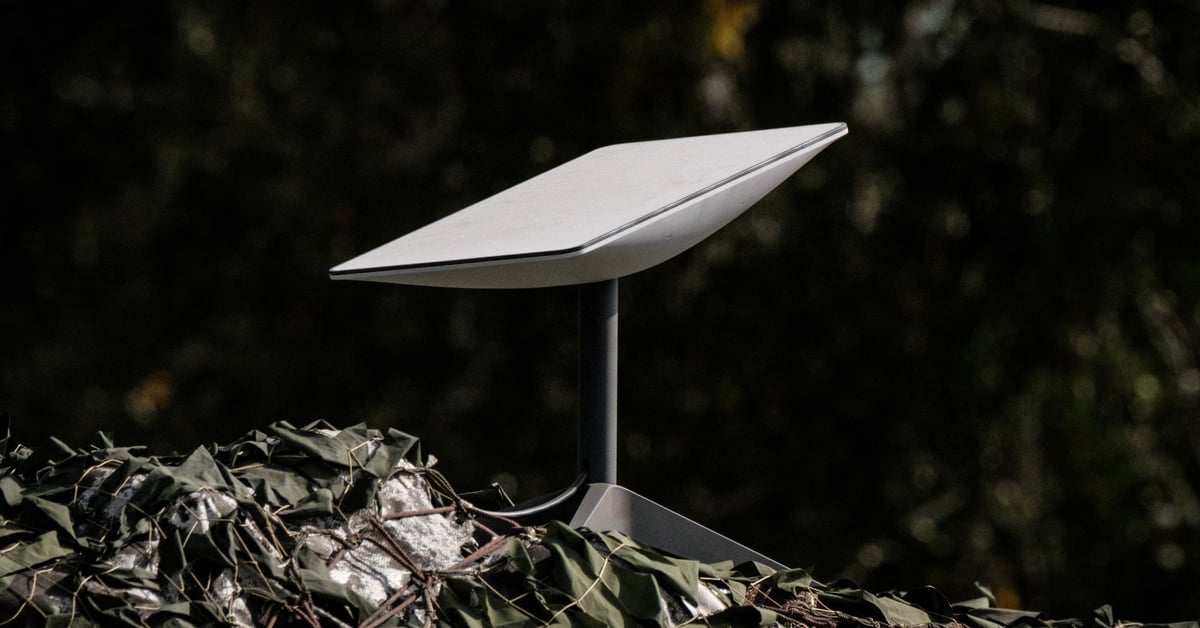



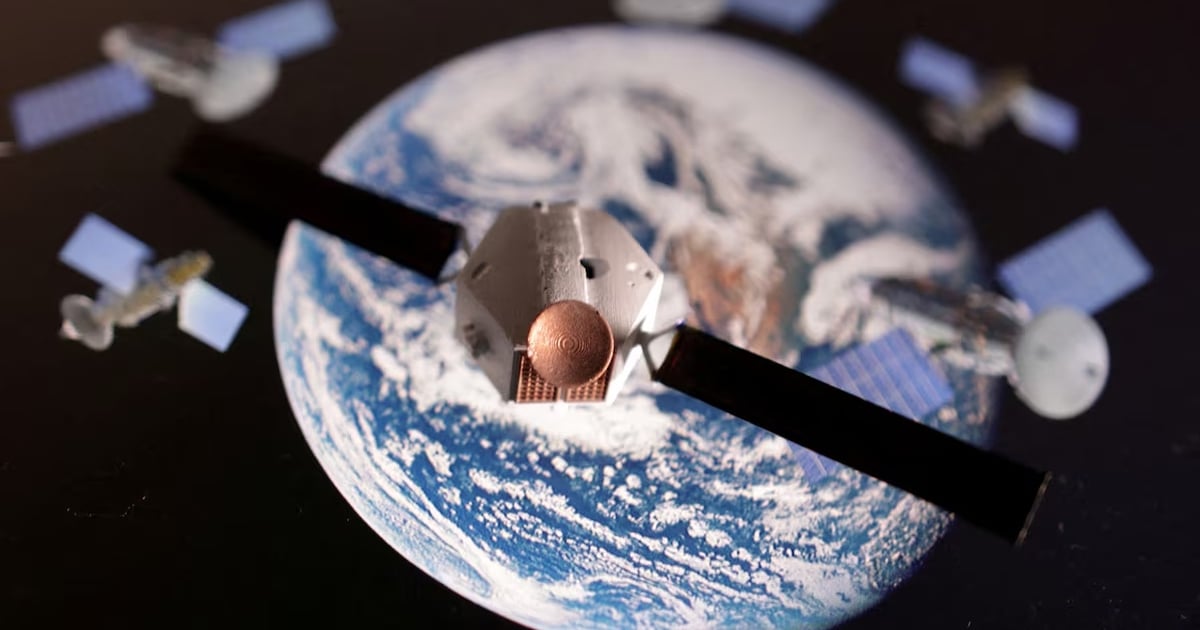
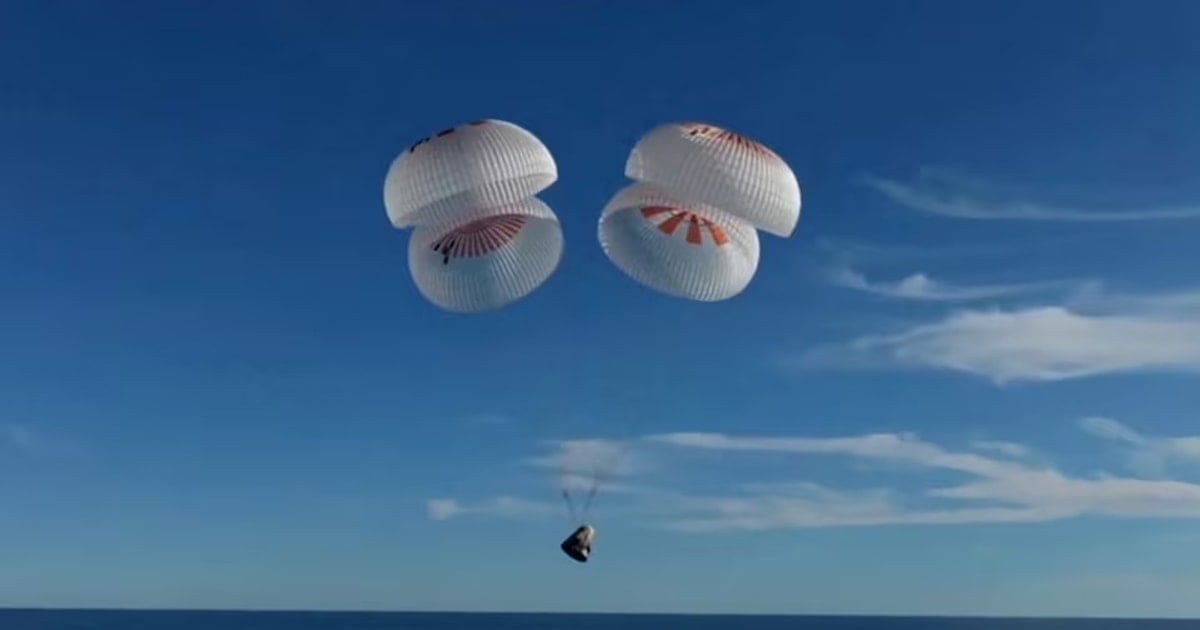




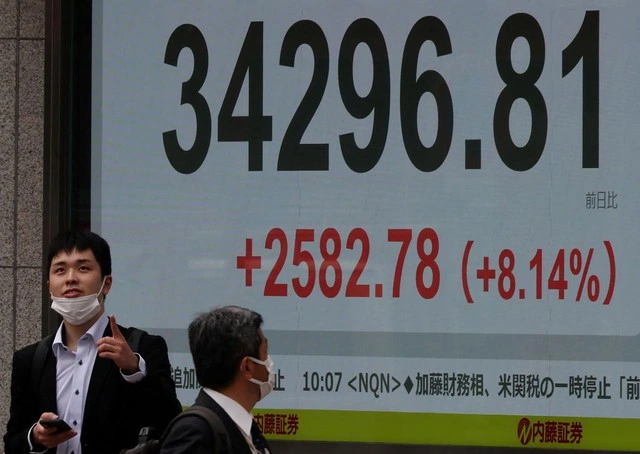








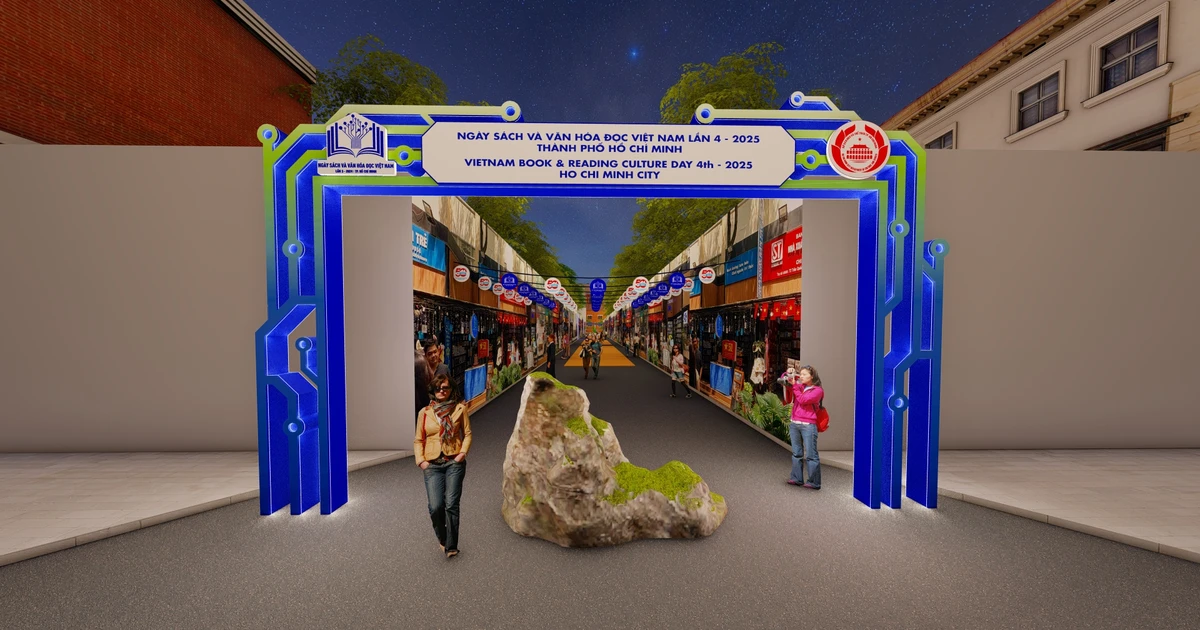





















































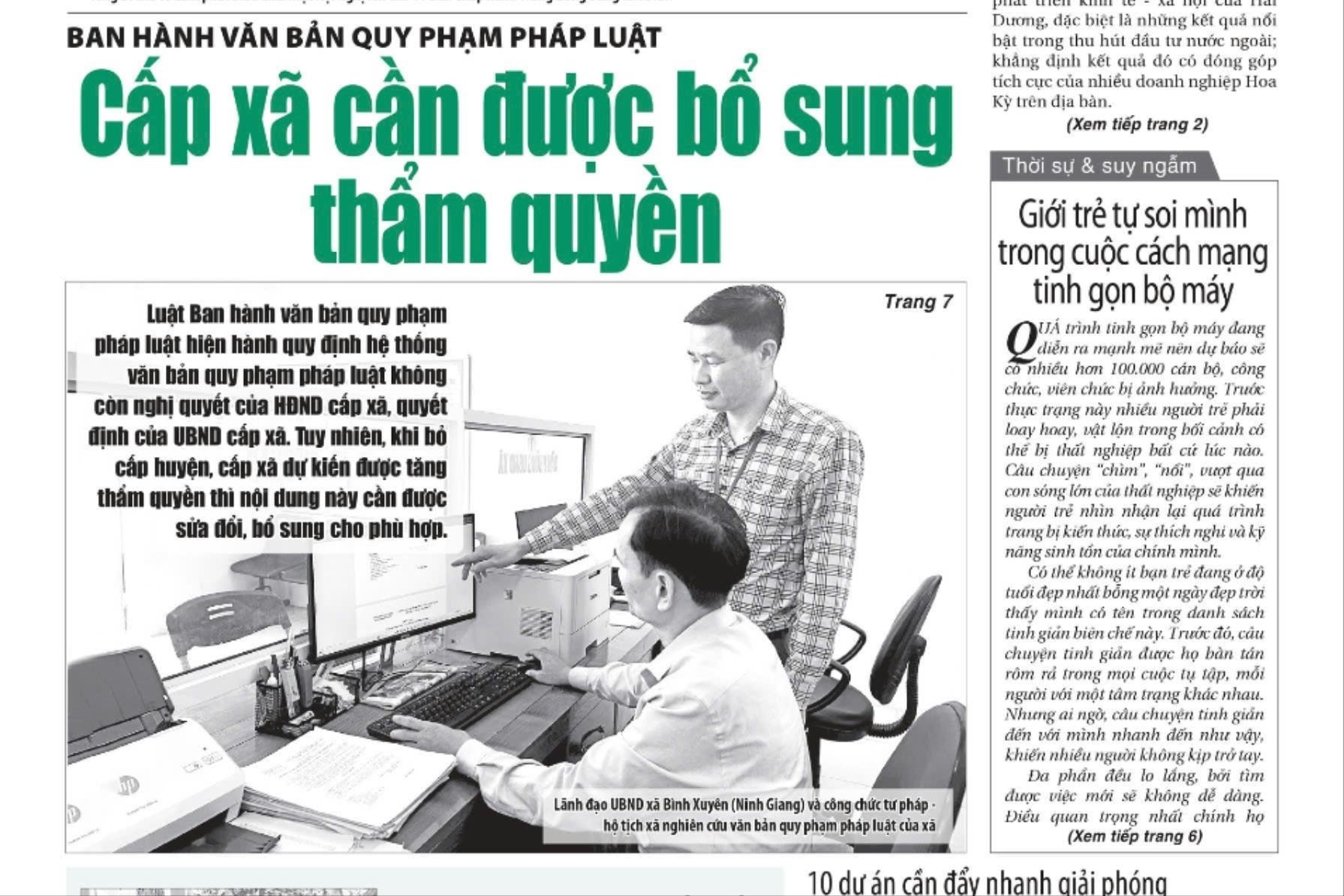
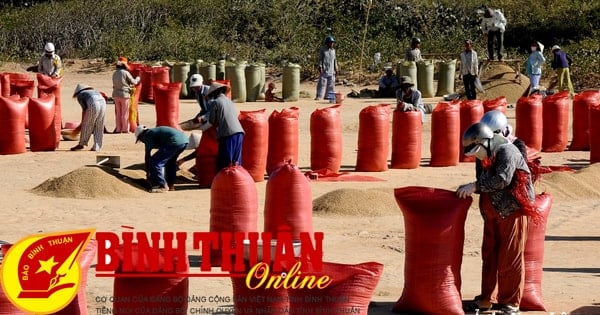









Comment (0)